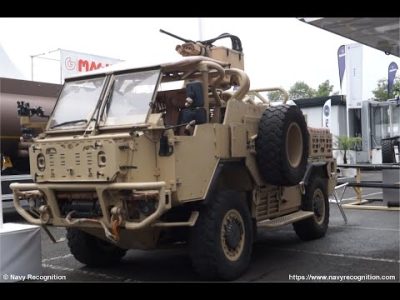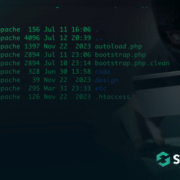Published on 02/07/2021 – Last Updated on 02/07/2021 by OTC
DARPA has executed contract options to continue the Manta Ray project that began in 2020. The effort seeks to demonstrate innovative technologies allowing payload-capable unmanned underwater vehicles (UUVs) to operate on long-duration, long-range missions in ocean environments. The three prime contractors will be Northrop Grumman Systems Corporation, Martin Defense Group, LLC (formerly Navatek, LLC), and Metron, Inc.
The Manta Ray project seeks to develop UUVs that operate for extended durations without the need for on-site human logistics support or maintenance. It also aims to address critical challenges spanning energy management, UUV reliability, biofouling, corrosion control, navigation, underwater obstacle avoidance, and many other areas that could benefit Navy operations.
“Manta Ray performers have each taken unique approaches to solving the wide range of challenges related to UUV endurance,” said CDR Kyle Woerner, the program manager for Manta Ray. “To me, this is a clear sign we are tackling a complex problem without a clear ‘one size fits all’ solution.”
The Manta Ray program concluded its first major milestone with the completion of preliminary design reviews in early 2021. Later this year, selected performers will advance their designs toward a critical design review that will confirm design maturity before vehicle fabrication and testing in an anticipated Phase 2.
“The goals of this new class of undersea vehicle and its critical component technologies are to inform, as well as transition into, future Navy UUV efforts,” added Woerner.
Two of the selected performers, Northrop Grumman Systems Corporation and Martin Defense Group, LLC, will continue development of fully-integrated demonstration vehicles. A third performer, Metron, Inc., will advance progress on a novel energy harvesting subsystem.
Unmanned undersea vehicles (UUVs) that operate for extended durations without the need for human-present logistic support or maintenance offer the potential for persistent operations in forward environments. Such systems could allow traditional host vessels increased freedom of operational flexibility while providing traditional servicing ports with relief of workload.
The Manta Ray program seeks to demonstrate critical technologies for a new class of long duration, long range, payload-capable UUVs. If successful, this new class of UUV will give the combatant commander an amplification of capacity without disrupting current operations by remaining independent of manned vessels and ports once deployed.
Manta Ray Program:
The Manta Ray program plans to advance key technologies that will benefit future UUV designs, including, but not limited to:
- Novel energy management techniques for UUV operations and undersea energy harvesting techniques at operationally relevant depths;
- Low-power, high-efficiency undersea propulsion systems;
- New low-power means of underwater detection and classification of hazards or counter detection threats;
- Mission management approaches for extended durations while accounting for dynamic maritime environments;
- Unique approaches for leveraging existing maritime data sets and exploiting novel maritime parameters for high-efficiency navigation and/or C3; and
- New approaches to mitigate biofouling, corrosion, and other material degradation for long-duration missions.
Manta Ray is a multi-phase effort that includes at-sea demonstration of critical technologies. The program is using a disciplined systems engineering approach to define demonstration system objectives and identify enabling technologies needed for future systems.
The post DARPA Selects Performers for Manta Ray Project appeared first on Naval News.














Comments